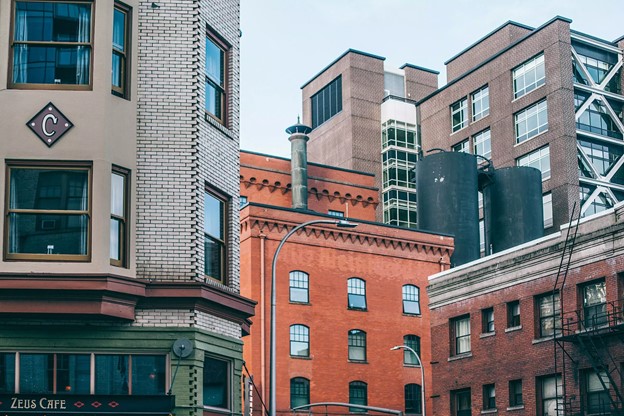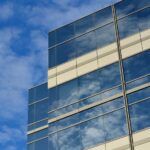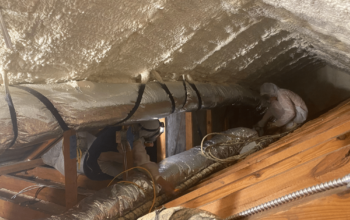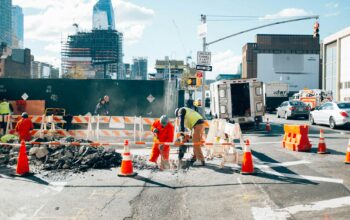The roof over your business protects your employees, customers and wares from the outside elements, but no roofing system is designed to last forever. Inevitably, your roof will wear down over time and amass damage. It is your responsibility to catch the symptoms of damage early on and keep your roof maintained with the help of a company that specializes in commercial roofing services, ensuring the safety and functionality of your commercial building. Ponding water, or the accumulation of bodies of water on your roof’s flat surfaces, may seem deceptively innocuous. Yet it can cause significant damage to your roof in the following ways.
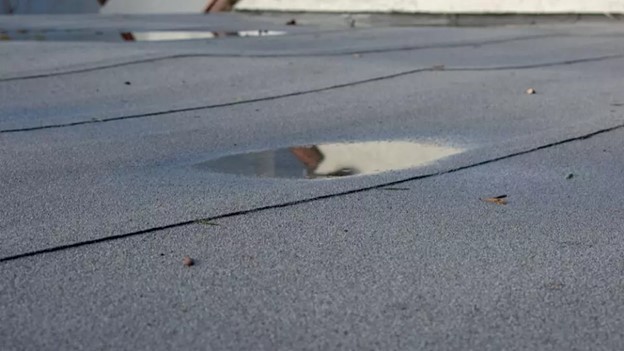
Structural Damage
Roofing decks are meant to bear the weight of the roof alone. The added weight of ponded water creates deflection, or curvature in the deck, which cyclically invites more water to remain ponded. Eventually, the areas with ponding will become deformed, risking more concerning structural damage to the roof’s inner layers as well as any structural systems underneath the roof. Even if the warped roofing deck doesn’t cause internal issues, any leakage of ponded water certainly will.
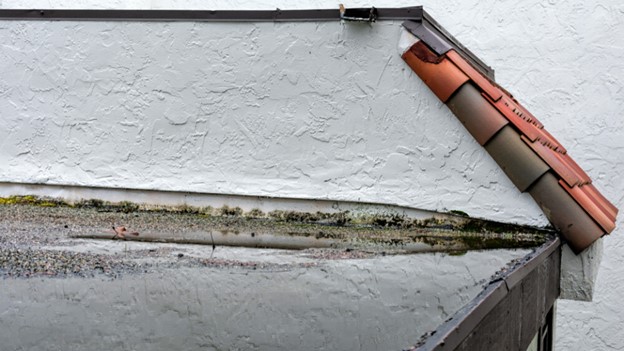
Membrane Damage
Structural or internal damage is less likely to be readily apparent to the untrained eye. On the other hand, membrane damage will be more visible as it pertains to the topmost layer of your commercial roofing system. Physical damage to the membrane is most often related to obvious impacts after a storm or high winds. However, ponded water may also be the culprit. The water freezes and thaws in cycles as ice formations move across the roof. Aside from physical damage, the roofing membrane could also show discoloration and erosion, surefire signs of ponding. For white roofs especially, the discoloration will not only look unattractive, but it could also prevent the reflection of sunlight. This means that your building is more likely to retain heat from the rooftop and that your cooling systems will have to work harder.
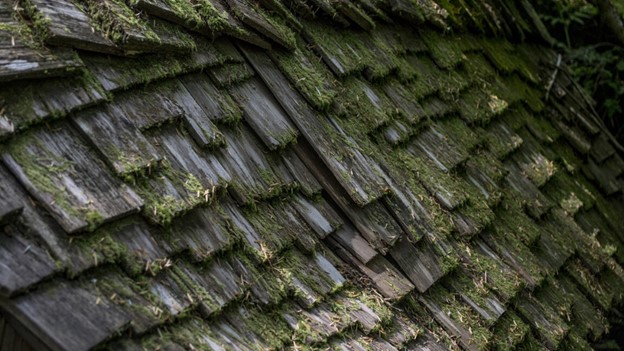
Growth of Vegetation
Just as in gardening, unwanted plants growing in unintended spaces are weeds. Obviously, your rooftop is not a garden, and so any plant growth of any kind is an indicator of poor roofing health. Ponding water helps create ideal conditions for vegetation, algae and fungi, which will only serve to clog drains, promote moisture and generate more membrane damage. Additionally, the building interior may become prone to mold fungi from the roof, potentially proving a severe health concern.
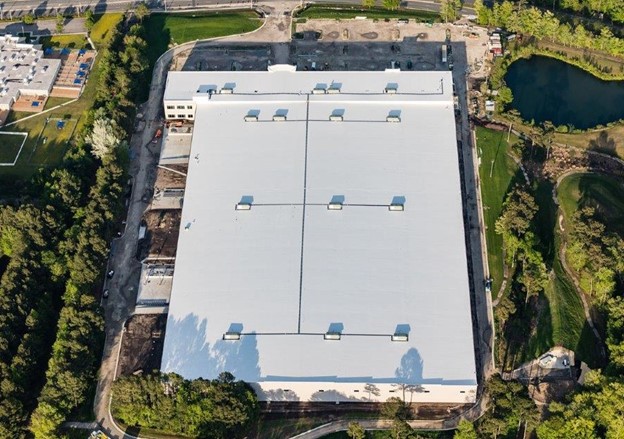
Debris & Pests
Debris such as leaves, tree branches and dirt causes similar types of roofing damage to ponding water, including deck deformation, membrane damage and plant growth. Therefore, debris compounds the damage dealt by ponding water. Not only this, but debris also enables ponding water by blocking drains, clogging gutters and providing a substrate in which water can collect. In turn, ponding water helps to accrue debris, too. For instance, birds attracted to the water may decide to take up residence on your roof, where their nests, eggshells and excrement cluster with other debris. Other pests, such as mosquitoes, may not cause overt debris, but they will love to lay their eggs in your roof’s ponded water. From there, very little stops them from living rent-free in your building’s interior.
Ponding water is a serious threat to commercial roofing systems. If left untreated, the consequent leakage, plant growth, membrane and structural damage, and build-up of debris can lead to further infrastructural deterioration and cost a pretty penny to repair or replace. Knowing the consequences of ponding water thus empowers you to make proactive decisions like working with a professional commercial roofing contractor to schedule regular inspections and create a custom maintenance plan.
Related Posts

